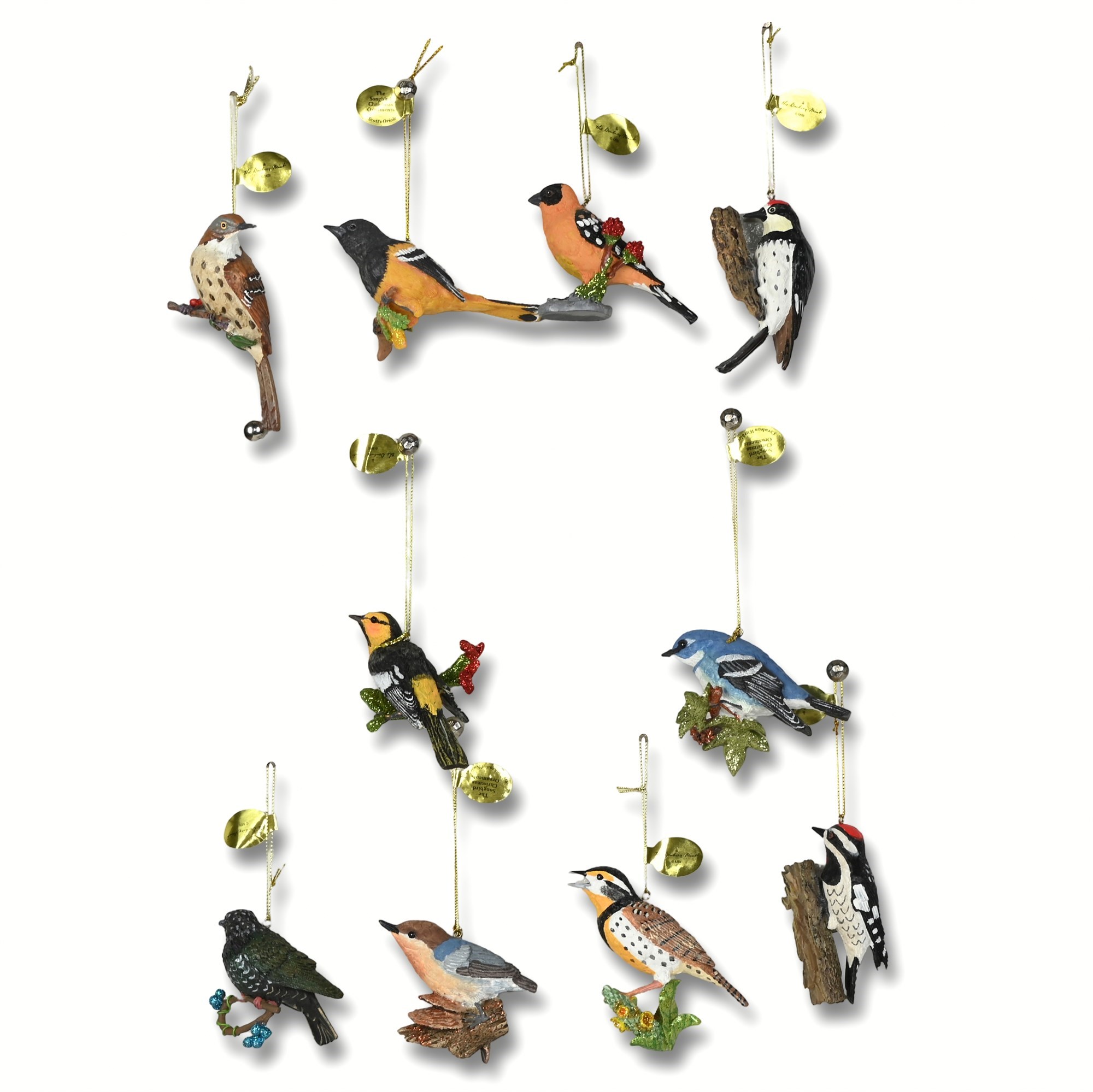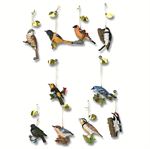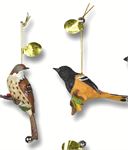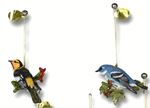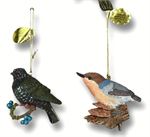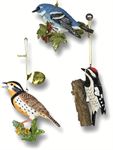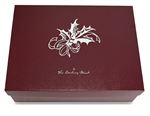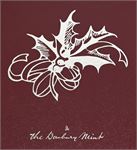×
Bidding has ended on this item.
This Auction Uses Proxy Bidding.
Lot # N289
The Songbird Christmas Ornaments from the Danbury Mint View Watchlist >
Ended
- Winning Bid: $60.00
- 26 Bid(s) View Bid History
- High Bidder: ted
Payment Options
Seller Accepts Credit Cards
Payment and pickup instructions will be available on your invoice (under "My Account") at the conclusion of this auction.
Lot # N289
System ID # 19498775
Start Date
End Date
1 Watching
Description
The Songbird Christmas Ornaments From The Danbury Mint
- (10) Birds
- With Collection Box
- Documentation Card For Each Bird
- Each Has Gold Hanging Ring With Official Danbury Mint Tag
-
Brown Thrasher
- The Brown Thrasher has a repertoire of over 1,000 different songs, some of which are replications of songs they’ve heard from other types of birds.
- The Brown Thrasher was designated the official state bird of Georgia in 1970.
- Both males and females sit on their eggs and help to feed the young.
- Brown Thrashers favor dense undergrowth and thick vegetation, making them relatively hidden and difficult to study compared to other birds.
-
Scott's Oriole
- Because their songs can be heard throughout the day, they are known to be early risers, beginning to sing just before sunrise.
- The Scott’s Oriole’s breeding season is dependent on the blooming of its favorite plant, the yucca.
- They are mainly insectivores, but they will occasionally feed on nectar and fruit from desert plants.
-
Black-headed Grosbeak
- Males and females both sit on the eggs, feed the young, and defend their territory when necessary.
- When migrating, males often head south before females.
- Black-headed Grosbeaks can protect themselves from one of their predators, the Monarch Butterfly, as they can eat them despite the toxins present in the butterfly species' body.
-
Acorn Woodpecker
- True to their name, Acorn Woodpeckers stockpile thousands of acorns every year by squeezing them into holes they’ve drilled in trees for this purpose.
- Acorn Woodpeckers often live in groups of up to 12 birds, sharing the duties of raising young and guarding the stockpiled acorns.
- While all females in the group are responsible for laying eggs, each female will destroy any eggs already in the nest when she lays her own.
-
Bullock's Oriole
- Because they often mate with each other, Bullock’s Orioles and Baltimore Orioles were once considered the same species in the past (called the Northern Oriole).
- Bullock’s Orioles create hanging nests for their eggs.
- Male and female Bullock’s Orioles sing songs that are slightly different from one another, especially at the end of the song.
-
Cerulean Warbler
- The adult male has pale blue upperparts, while females and younger birds have grey or greenish upperparts.
- When leaving the nest, a female Cerulean Warbler’s first “jump” from the nest often lasts longer than expected, as the bird will only spread its wings to fly once she is below the nest.
-
European Starling
- The European Starling population in North America descended from about 100 birds that were set loose in New York’s Central Park during the 1890s after a Shakespeare enthusiast wanted to introduce every bird mentioned by Shakespeare into North America.
- Male starlings choose the nest site and use it to attract females, building the nest before mating takes place.
- They can learn the calls of up to 20 different bird species.
-
Brown-headed Nuthatch
- Unlike most other birds, the Brown-headed Nuthatch uses a piece of bark as a tool to dig for food and cover up its food supply.
- It has a sharp nail-like beak used to break open seeds.
- The Brown-headed Nuthatch, along with the Pygmy Nuthatch, are the world’s smallest nuthatches.
-
Eastern Meadowlark
- Contrary to its name, the Eastern Meadowlark is not part of the lark family but of the blackbird family.
- Although nearly identical in appearance, Eastern and Western Meadowlarks’ songs sound different to bird experts. The two species also refuse to mate with each other.
- The female builds the nest by herself, sometimes making roofs and tunnels that lead to the nest.
-
Yellow-bellied Sapsucker
- True to its name, the Yellow-bellied Sapsucker feeds on sap, which they obtain by drilling neat rows of small holes into trees and sucking out the sap.
- They also eat insects that are attracted to the sap.
- The sound they make when drilling into trees to obtain sap can sometimes be heard as far as a half-mile away.
Condition:
Good, No Damage, Chips or Wear
Size:
(10) Birds
3" X 2 1/2" X 2 1/2"
